Librarian Preview: Lerner Books (Fall 2014)
Lest we grow complacent in our maternity leave, I’ve quite a few librarian previews just ah-waiting postings. And what better way to begin than with Lerner Books here? Everyone’s favorite Minnesotan publisher came to town in the guise of Lindsay Matvick. We ate pizza. We talked shop. We heard about what Lerner has on offer and what we can expect this coming fall. So hold on to your hats, folks. This is one of those previews that just get better and better the deeper you go.
First off . . .
Why Is the Statue of Liberty Green? by Martha E.H. Rustad
Good old, Cloverleaf Books. The faithful series on nonfiction topics we do indeed get questions about. In this particular case we’re discussing the “Our American Symbols” series. Covering everything from the Lincoln Memorial to The Star-Spangled Banner, the books cover the basics (“Why are there stripes on the American Flag?”, etc.) and then fill their rears with backmatter (there’s gotta be a better way of saying that). In the case of the flag, for example, there are projects for students on how to design your own flag. That sort of stuff. Keen.
ADVERTISEMENT
ADVERTISEMENT
Helper Robots by Nancy Furstinger
I took one look at this cover and thought to myself, “Help me do what exactly?” This is one of the books in the “Robots Everywhere!” series, coming out with Lightning Bolt Books. It’s not the first robot series out there, but it may well be the first one that gets any kind of reviews. Each book covers different types of real world robots. Robots you use in the home, robots you use in space, robots that help us with the weather, etc. Turns out the robot on the cover of this particular book is a robot that diffuses bombs. Okay. That’s something I might actually need help with.
What Are Nonfiction Genres? by Valerie Bodden
Awwwwww, yeah. Kicking it back literary genre style. So this would be the “Name That Text Type” series, and it’s pretty self-explanatory, all things considered. Each book tackles a different genre with written examples of the text type and guidelines on how to write in that particular genre. I picked the Nonfiction Genre book as the one to present here because I like the genre types included: Persuasive, Memoir, How-To, and Biography. We CERTAINLY get those requests in the library. Particularly the “How-To”. More on that later.
What’s So Great About New York? by Ann Malaspina
In spite of what it might look like, this isn’t yet another state book series. Each title is about a state, sure, but unlike the Enchantment With the World books, or their equivalents, these books take a travel guide approach. Each one discusses what there is to actually DO in the states in question. Which, let’s face it, could be really useful for some kids. The series also uses infographics and will highlight Puerto Rico and Washington D.C. in addition to the usual 50 states. It’s called the “Our Great States” series and there will be eighteen to begin this season.
Finding Out About Nuclear Energy by Matt Doeden
Two Words: Opposing. Viewpoints. You and I both know that in the world of CCSS, those little words carry a great big weight. Finding books that actually contain said opposing viewpoints can also be tricky. In this series (the “What Are Energy Sources?” series) kids read about the pros and cons about everything from Hydropower and Solar energy to Geothermal and Coal, Oil, and Natural Gas. The series covers what companies want to do vs. what the government wants them to do. We got into a whole discussion of BISAC codes at this point and how one would go about putting information about opposing viewpoints into the records when we got to this series. Librarian shop talk. It’s all the rage.
Economics Through Infographics by Karen Latchana Kenney
For this “Super Social Studies Infographics” series I could have gone with US History or World Geography as various topics, but I suspect that Economics appealed to me the most because that’s the book that I myself would want to read. Having already done the “Super Science Infographics” series, Lerner wanted to tackle some of the trickier topics in the social studies world. So expect lots of geography and history.
Your Head Shape Reveals Your Personality by Christine Zuchora-Walske
This would be the “Science Gets It Wrong” series. To make their case, the books build on the scientific method to cover everything from whether or not your handwriting can predict your personality (spoiler alert: it can’t) to whether or not bulls get mad when they see the color red (they don’t). They’re myth busting books. Best of all the books show that science is not just black and white and it certainly isn’t always right.
Plan a Sleepover Party by Stephanie Watson
Remember the What Are Nonfiction Genres? book when I was cooing over its discussion of How To books? Well, consider this a full-fledged How To series. “Party Time”, for so the series is called, show kids how to host everything from a birthday or outdoor party to a holiday or sleepover shindig. I wondered at first if they’d be read more by adults than kids, but they’ve certainly got some good kid-friendly elements to them. Recipes that kids could actually do. Sample playlists. So there you go.
Playing Pro Basketball by Martin Gitlin
Lots of kids play with the notion of what it would be like to be a famous sports star. But this “Playing Pro Sports” series is the first I’ve seen that covers what that would actually entail. From training to diets to superstitions and interviews, it’s actually a good job skills book. And lord knows we can’t keep our job opportunity titles on the shelves. They’re saying this is for grades 4-8, and each was vetted by former pro athletes. So far they just cover football, basketball, baseball, and hockey. I have my fingers crossed for WNBA one of these days.
Movies and TV Top Tens by Sandy Donovan
Let’s say you wanted to make a series that could take on a certain aspect of The Guinness Book of World Records in some fashion. One method might be to do what the “Entertainment’s Top 10” series is trying here. Each book covers different top ten lists in a different area of the entertainment industry. So you’ve got music and theater, sports, technology, and movies and TV. Based on facts with verifiable data, the books are loaded with history too, apparently.
A Timeline History of Early American Indian Peoples by Diane Marczely Gimpel
This year I’ve been having a heckuva time with a big chunk of the biographies being written for kids. Because you know what a lot of schools require that these books eschew? Timelines. Sometimes it feels like no one cares about timelines anymore. Well, in the “Timeline Trackers” series, we get to see history in a big old line. Loads of primary sources are on these pages (another CCSS requirement) and I was much intrigued by the first volume which focuses entirely on Early American Indian Peoples and nothing else. About bloody time too.
Get a Job Making Stuff to Sell by Ryan Jacobson
I always feel a bit bad for kids who want to make money these days. Lemonade stands will only get you so far and paper routes are going the way of the dinosaur. Add in the fact that I live in a city where serious faced ten-year-olds would approach my reference desk asking for books about Wall Street and this series will find a happy home here. It’s the “You’re in Business” series and it’s for kids under the age of 16 who want jobs. Entrepreneurs, if you will. Covering everything from making homemade soap to crafting cell phone covers, the books also give you information on how to fill out a job application, and things like that.
The Case of the Vanishing Little Brown Bats by Sandra Markle
You thrilled to The Case of the Vanishing Golden Frogs. You were awed by The Case of the Vanishing Honeybees. Now it’s time to learn about “white nose syndrome”, which sounds like a disease out of a horror film more than anything else. Bats, as it happens, are integral to our ecosystem and this book shows what scientists are currently doing to save those little brown bats that are disappearing like mad. Bees get all the attention, but bats are just as important.
When Lunch Fights Back: Wickedly Clever Animal Defenses by Rebecca L. Johnson
Remember Zombie Makers? The book that was guaranteed to give you nightmares as it systematically cataloged the parasites, insects, molds and more that were capable of turning living organisms into zombies? Well, author Rebecca L. Johnson is back and she brought along some defense mechanisms. Not for the squeamish, this book shows that sometimes the key to survival can be pretty darn weird. Meet frogs that poke their bones through their skin to make claws and termites that blow themselves up for the greater good. Great photographs too, though you may not want to look at them right after eating.
Ghost Walls by Sally M. Walker
One thing I like about the Lerner info sheets is that they take a special amount of time to include the Dewey Decimal Numbers with their books. This one? 975. Sally Walker has been behind books like Written in Bone: Buried Lives of Jamestown and Colonial Maryland so digging up the past is nothing new to her. In the case of this particular book, Sally concentrates on a building that sat silent for two centuries. In its day the homestead was privy to a range of different travelers and stories. Now researchers are going back to it to unlock its secrets. Or, as the book puts it, “coaxing history from the crumbling walls.”
Ghostly Evidence: Exploring the Paranormal by Kelly Milner Halls
Librarians, back me up on this one. When it comes to middle grade nonfiction about ghosts we have next to nothing to offer. So when I saw this book by the woman who brought us books on Sasquatch and aliens, I knew we were onto something good. With a great deal of fun research, Halls gives us the science behind “the hunt”. Ghost hunt, that is. The book takes a scientific approach and includes lots of interviews with firsthand accounts. It’s not just stories, though. There’s also lots of backmatter and even a listing of haunted places to visit. Now THERE’S a summer vacation trip worth recounting!
Arctic Thaw by Stephanie Sammartino McPherson
We’re getting into the middle school and YA titles now, which I usually eschew. But these are so friggin’ cool I couldn’t help but include them! First off, this little puppy. There are lots of climate change books out there. Now how many can you think of off the top of your head that discuss the shipping lanes that are now opening up thanks to our warming world? This book examines the indigenous groups, countries, and companies all vying for this space. The book also focuses on what is happening and what should be done, though it avoids becoming overtly political.
Chernobyl’s Wild Kingdom by Rebecca L. Johnson
If you’ve been watching the news stories then you probably know already that it’s been twenty-five years since the 1986 Chernobyl nuclear disaster. The area was turned into a 1,100 square mile Exclusion Zone and no humans can live there. But animals? Thanks to the lack of humans the place has turned back into its natural state. And what’s weird is that the animals appear to be surviving just fine in the radiation. Consider this as a brilliant nonfiction tie-in to all that dystopian fiction out there. You want to see a post-apocalyptic world for yourself? Behold.
Fad Mania! by Cynthia Overbeck Bix
Tell me that isn’t one of the greatest covers of all time. Plus this is such a good idea for a book. The title discusses different American fads as they have appeared over the last few years. Everything from old timey fads like dance marathons to current ones like flash mobs. Basically the book works to put current fads in perspective. It examines when fads increase and the role of economics. Plus, with the rise of the internet we’re seeing more and more of them.
Girls vs. Guys by Michael J. Rosen
“Developmental plasticity”. Say it soft and it’s almost like praying. That’s the buzzword (buzzphrase?) I took away with me when I learned about this book. Called the YA take on Men Are From Mars, Women Are From Venus, the book looks at the differences between the genders. Written in a Q&A format, it examines how environment, nutrition, sleep, and sensory stimulation shape your personality. And for the record, “developmental plasticity” refers to “the way that environment and experience can entwine to alter genetically determined gender behavior.” Learn something new every day, doncha?
Remaking the John by Francesca Davis DiPiazza
Fun Fact: November 19th is World Toilet Day. Put it on your calendar right now, and I’ll wait to continue until you are done. Okay, ready? So in this book we get all the poop on poop (which is a line from a different poop-related book for kids). Telling us that as of right now 40% of the world’s population doesn’t have proper sanitation, the book ropes the global sanitation crises into a look at the history of human waste. You get the down low on what it was like in the past, as well as what it’s like for some folks today. Best of all, it mentioned that the Bill & Melinda Gates Foundation had a challenge to Reinvent the Toilet for those nations and communities that need ’em.
Saturday Night Live by Arie Kaplan
Now there’s a thought. Teens like TV. Why not take something with history, like Saturday Night Live, and give kids the 411 on it? Coming out in tandem with the 40th anniversary of the show, the book covers the highs, lows, and controversies of the last-night comedy show.
Transgender Lives by Kirstin Cronn-Mills
First off, you can’t really get the cover from this image. It’s reflective foil that, when you look at it, shows your own face. Cool, right? Well, since the publication of Susan Kuklin’s Beyond Magenta, we’ve started seeing an increased comfort in YA fare on the transgendered. In this particular case, author Kirstin Cronn-Mills was working on this for quite a few years. The book introduces seven different people, discussing their lives and stories.
Up for Sale by Alison Marie Behnke
Probably the toughest book on the list. As you can see, it’s a book on contemporary human trafficking, but not a single kind of trafficking situation. No, it hits on all the different aspects of trafficking, even the human organ trade. At the same time author Behnke talks readers through the legal reforms and advocacy being done on behalf of the victims. Since a significant number of people trafficked are teens, this makes for a perfect YA nonfiction tie-in.
Sometimes You Barf by Nancy Carlson
“Here’s the deal: Sometimes you barf . . . But it’s okay. You get better!” For kids that have barfed in public, there’s really not a book for their plight. Nancy Carlson has therefore managed to come up with a topic that everyone needs in their libraries but that, to the best of my knowledge, no one has ever asked for before. Excellent.
Santa Clauses by Bob Raczka
Think of it as a literary advent calendar. Starting with December 1st, the book systematically does one poem for each day, counting down to Christmas itself. The poems themselves are haikus (this is Bob Raczka we’re talking about, after all) and the art by Chuck Groenink is really rather remarkable. I don’t know how nobody thought of this before, but I’m happy it’s finally going to happen.
Dear Wandering Wildebeest by Irene Latham
More poetry, thank goodness. Not like we see a bunch of it in a given year. In this book the entire ecosystem of a watering hole is looked at with poetry and facts. The poetry yields poems with titles like “Triptych for a Thirsty Giraffe”. The facts discuss what’s actually going on in each spread.
Who Was Here? by Mia Posada
Here in New York we don’t get much call for teaching our kids about animal tracks. In other parts of the country, though, it’s a given. In this book, all the prints are rendered in actual size. From camels to moose to kangaroos, you get a global look at animal tracks from all over the world.
BirdCatDog by Lee Nordling
If poetry is rare this year then comics are even rarer. So imagine my relief when I saw this graphic novel. A wordless graphic novel at that. Each page allows you to read the three stories (of the bird, cat, and dog) together or separately, as you prefer. I don’t know this Meritxell Bosch of which they speak. All I know is that in my next life I want to come back as someone named Meritxell. If there’s a cooler first name out there, I haven’t heard of it.
I Remember Beirut by Zeina Abirached
If anyone remembers A Game of Swallows, then they should be mighty excited to read this follow-up to the award winning book. Born in Lebanon in 1981, A Game of Swallows chronicled one family’s escape. In this prequel of sorts, you see what was going on outside the walls of their home. Lots of little details are included, like Zeina going out to collect shrapnel with her brother for fun.
Fat & Bones by Larissa Theule
I’ve actually read this one! Partly just to see whether or not it really is YA or if it could fit in a middle grade library. And after reading it . . . yeah, I guess YA is the right place for it. It’s not that the content is anything too terrible. It’s just a mature little book. A middle school library could probably hold onto it without difficulty. Told as slightly supernatural short stories, the book makes for a fun quick read. The art brings to mind Stephen Gammell and his Scary Stories to Tell in the Dark. Seems to me Adam S. Doyle was the guy they should have called when they had those puppies re-illustrated.
Knockout Games by G. Neri
Finally, we have ourselves a G. Neri. I wish he’d do more middle grade, but since he has a picture book coming out this year (a bio of Johnny Cash, no less) I guess I can’t complain. This book plays off of that relatively recent news story about teen randomly knocking out strangers in something they call “knockout games”. But the games aren’t new and Neri’s been working on this book for years. Heck, in the back of the book there’s even a note from a St. Louis librarian attesting to the validity of this story. In this tale a girl would be filmmaker is contacted by the leader of a gang. He wants her to film his exploits and as she does the book takes on a kind of Man Bites Dog turn. Definitely YA.
And that’s all she wrote! Thanks to Lindsay and the good folks at Lerner for giving me a peek at the wares. Cheers!
Filed under: Librarian Previews
About Betsy Bird
Betsy Bird is currently the Collection Development Manager of the Evanston Public Library system and a former Materials Specialist for New York Public Library. She has served on Newbery, written for Horn Book, and has done other lovely little things that she'd love to tell you about but that she's sure you'd find more interesting to hear of in person. Her opinions are her own and do not reflect those of EPL, SLJ, or any of the other acronyms you might be able to name. Follow her on Twitter: @fuseeight.
ADVERTISEMENT
ADVERTISEMENT
SLJ Blog Network
One Star Review, Guess Who? (#211)
Kevin McCloskey on ‘Lefty’ | Review and Drawn Response
Notable NON-Newbery Winners: Waiting for Gold?
The Seven Bills That Will Safeguard the Future of School Librarianship
Take Five: Newbery Picks, Part Two
Gayle Forman Visits The Yarn!
ADVERTISEMENT



























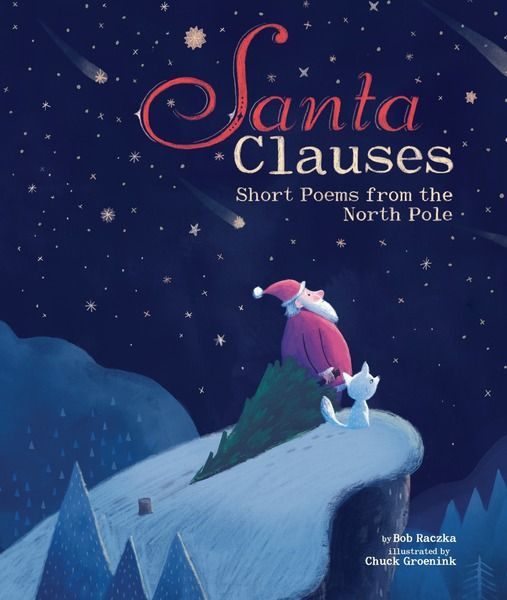


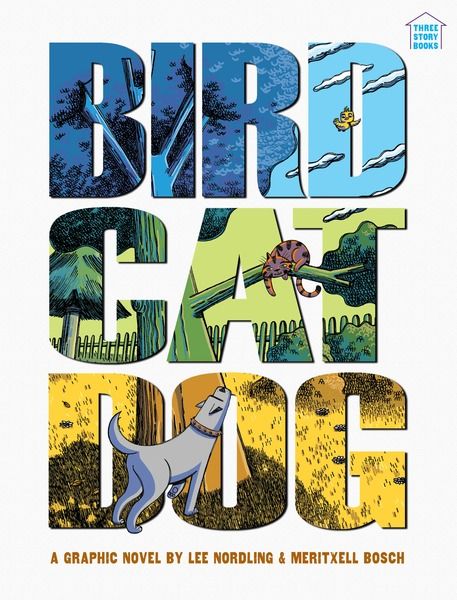




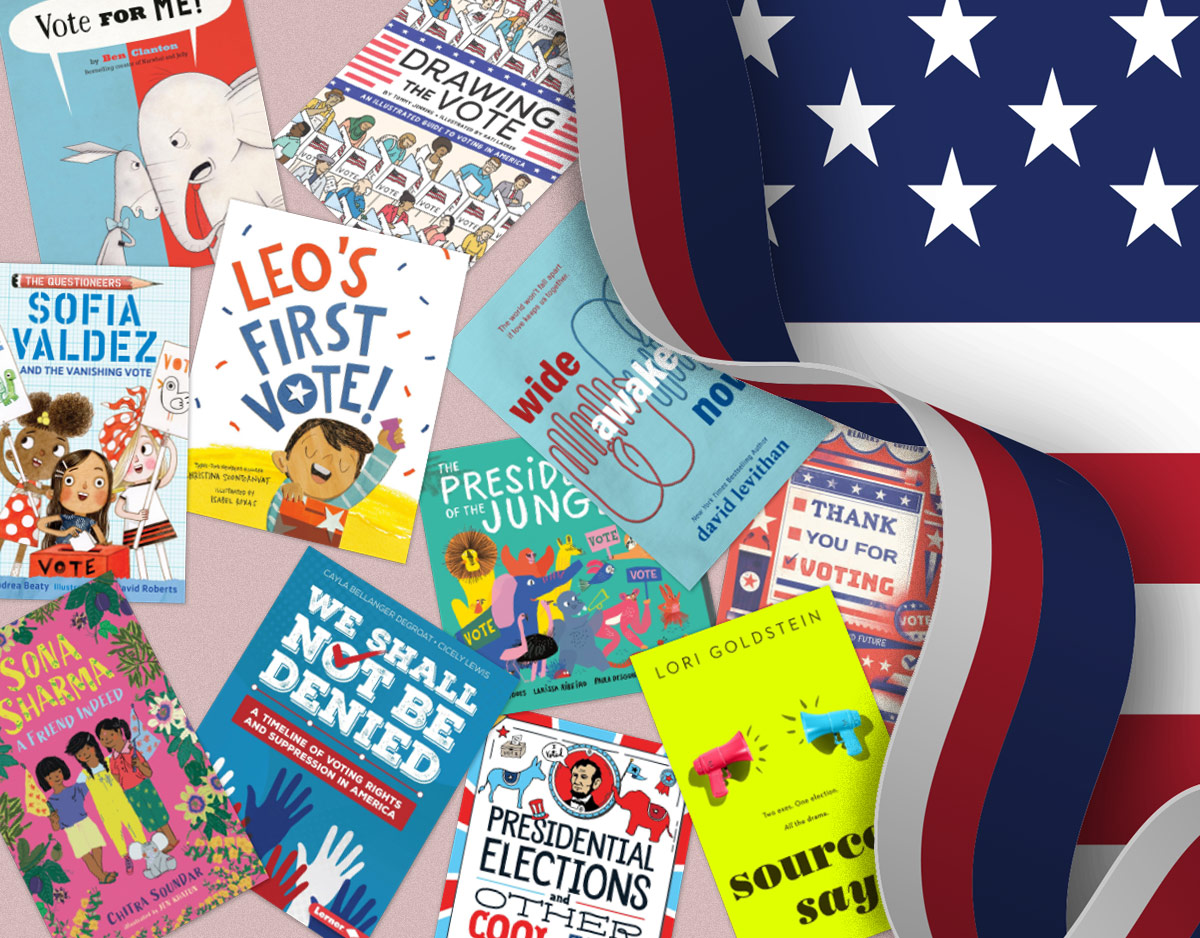
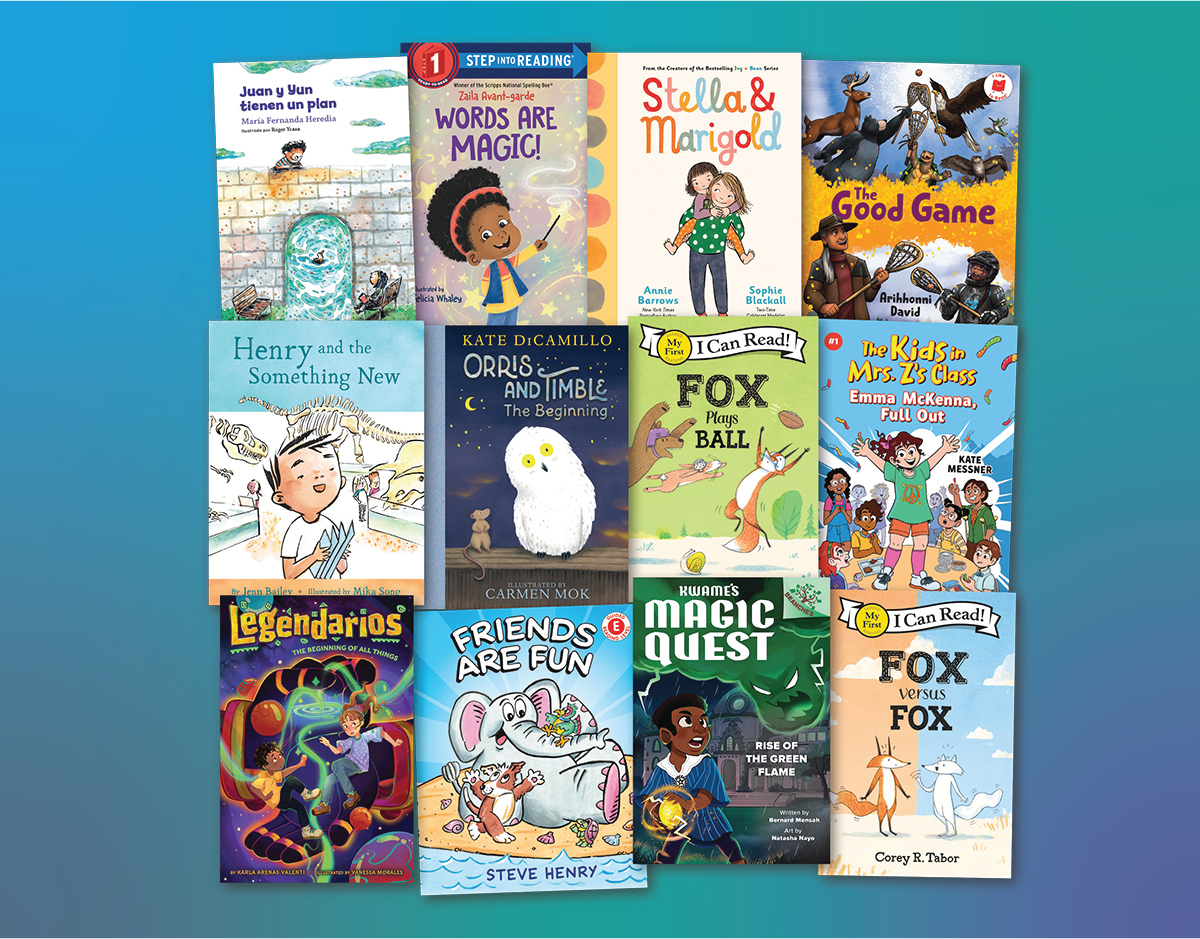
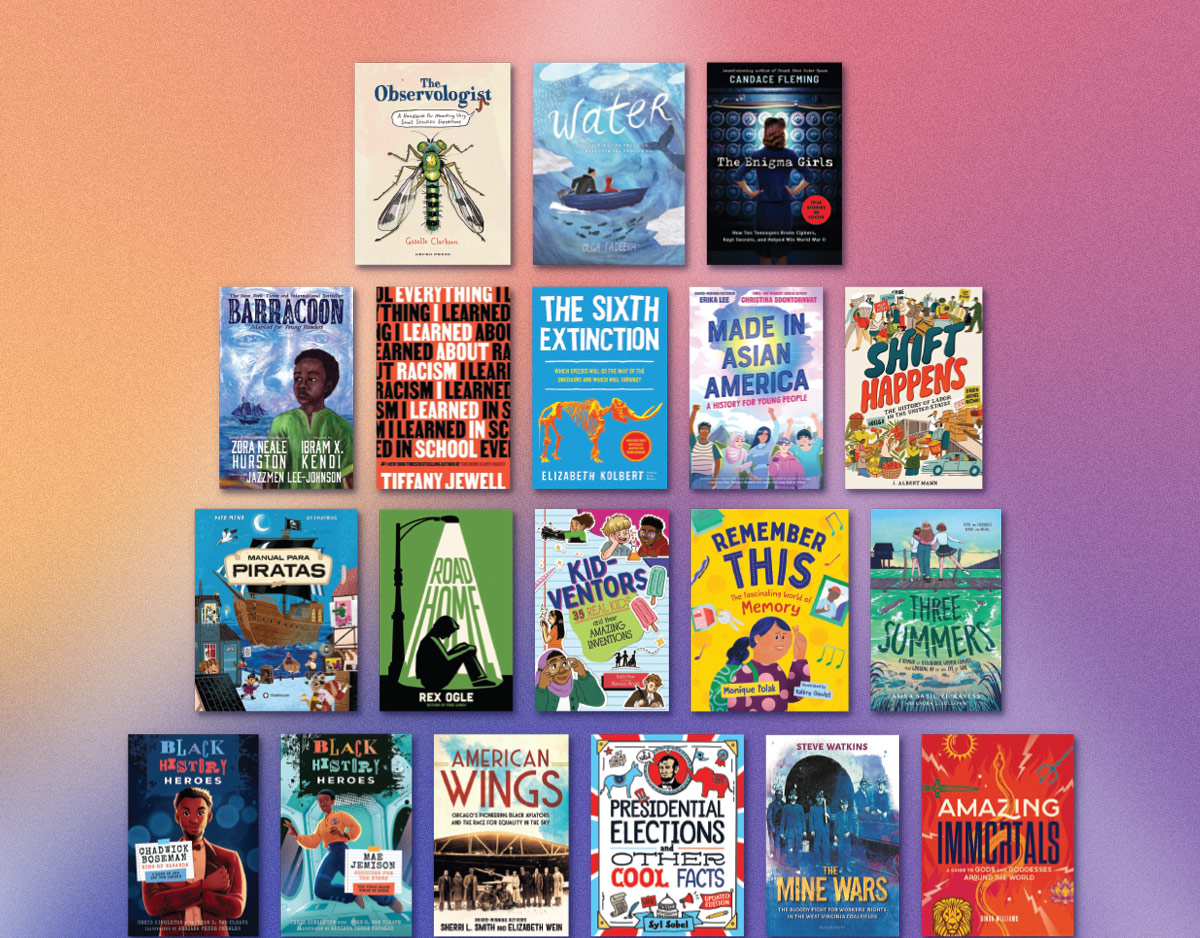
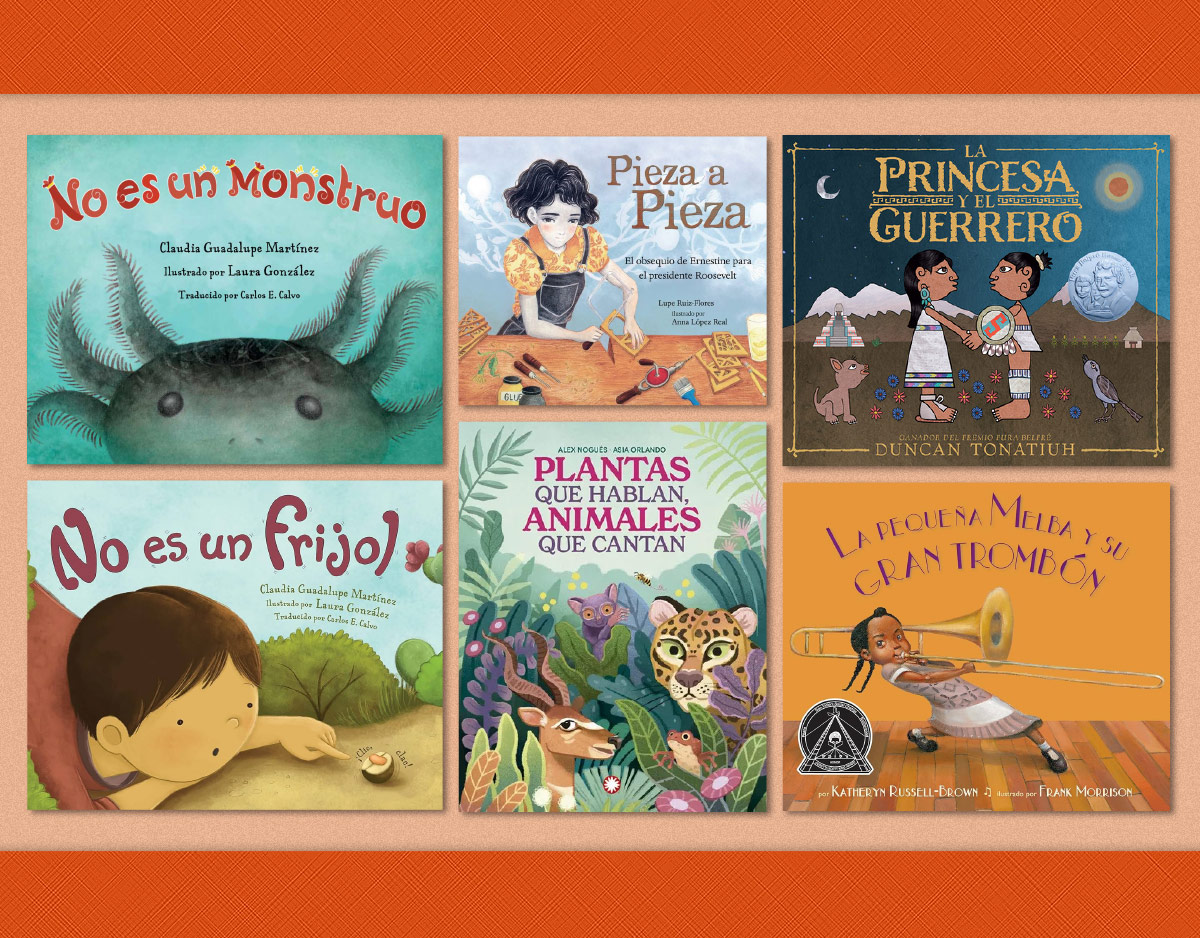
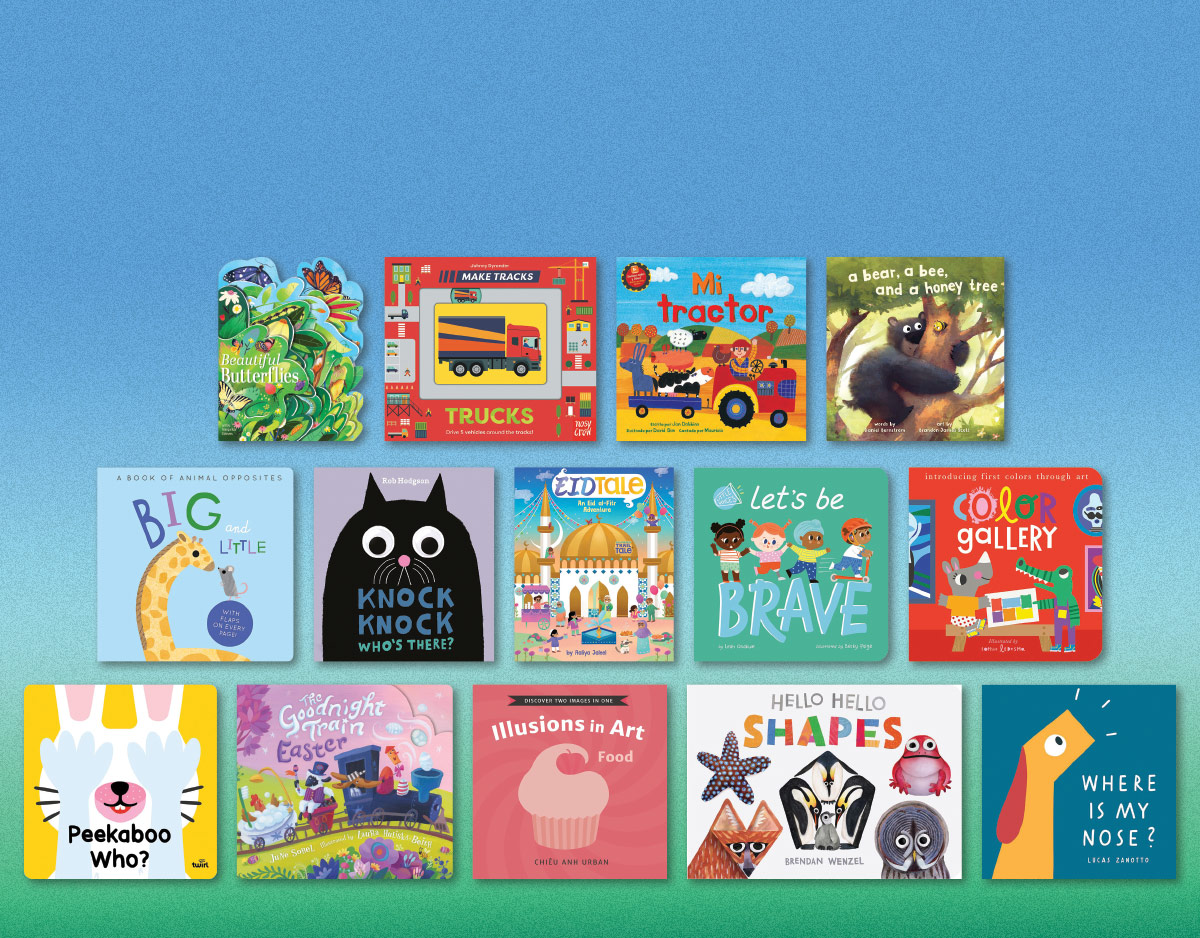
“Sometimes You Barf” is the best title for a picture book I have ever heard.
Yup. Nothing more to say. Just sad I didn’t think of it myself.